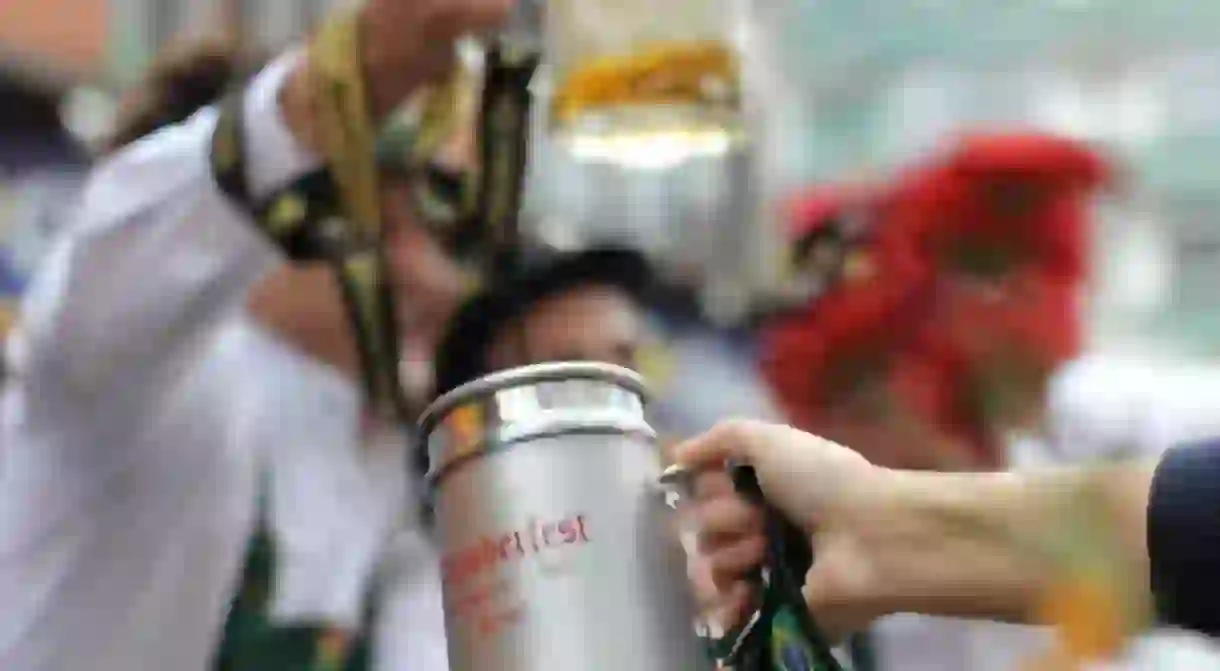Oktoberfest in Brazil: How Brazilians Are Keeping The Tradition Alive

When you think of Brazil, you probably think of people playing barefoot football on the beach, dancing in the streets during Carnival, the tight knit walkways between the favelas. However, there is a much different side to the country, inland, in the more southern states, and it’s more European than Latin.
The north of Brazil is so vast that it spans almost four fifths of the width of South America, up to the border of Peru, but as you move south, the country begins to thin as the countries of Paraguay, and Bolivia impede on its enormity. In this southern pocket, you will find the small state of Santa Catarina, home to gorgeous rolling hills, thick lush greenery and a strong German influence.

Between 1816 and 1880, an estimated 27 million people left Europe with a vast majority of the Germanic population heading to the blossoming United States, many continue south for the shores of Brazil, where they settled in the highlands of Santa Catarina. Jump forward to present day, and as you walk through cities in Santa Catarina like Canela, Gramado and Blumenau, you need the green and gold flag of Brazil, or the bouncy language of Brazilian Portuguese to remind you where you are.

In the city of Blumenau, if you visit at the right time of the year, you’ll be sure you’re in Germany as, after an unfortunate event, the city decided to dig its roots in a little deeper, and party.
It was 1984, and the city were in the planning stages of replicating the enormous Oktoberfest beer festival in Munich, Germany, when the neighbouring Itajaí-Açu river flooded and caused major damage through Blumenau. Rather than abandon planning and preparation, the city felt a festival and celebration was more needed than ever, in order to inject some much needed money into the city, and raise the spirits of its inhabitants.
Since year one, the festival has been an enormous success and in its short lifespan, has grown to the third largest Oktoberfest celebration in the world, behind of course the original in Munich, and Kitchener-Waterloo Oktoberfest in Ontario, Canada. Locals dress up in the typical German lederhosen, clink massive Chopão (big beers), and sing and dance along to typical German folk songs.

In natural fashion, there are also competitions including the Queen of the Oktoberfest, and a drinking competition. The competitor is given a 600 ml glass and attempts to polish off the contents, as fast as possible, without spilling or taking their mouth off the ‘tulip.’
To this day, the festival attracts almost three quarters of a million people annually, many of whom travel from other parts of the country, and South America, to take part in a tradition from across the pond, that has given so many people enjoyment, in a time of need.













